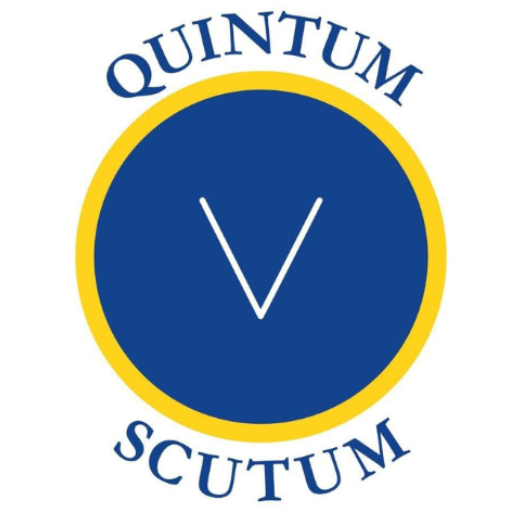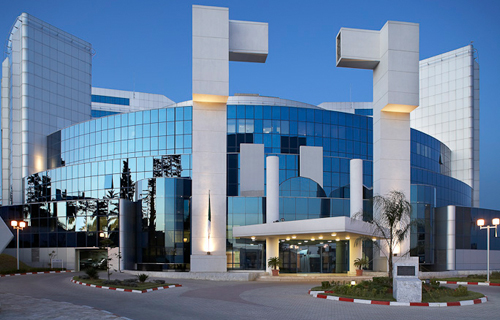Physical Address
Indirizzo: Via Mario Greco 60, Buttigliera Alta, 10090, Torino, Italy
Physical Address
Indirizzo: Via Mario Greco 60, Buttigliera Alta, 10090, Torino, Italy


Let us remember that a finance law is only an accounting document tracing the annual revenues and expenditures of a country and cannot replace strategic planning which is sorely lacking in Algeria. In order to have reliable comparisons, we have retained, throughout this analysis, a constant price for November 2025 of 130 dinars/one dollar.
1.-The evolution of the budget deficit from 2021 to forecasts for 2026
The main indicators of the medium-term macroeconomic framework of the PLF 2026, according to the report presenting this text, prepared by the Ministry of Finance, are the fiscal reference price of a barrel of crude oil set at $60 and the market price of a barrel of crude oil set at $70.
-The 2021 finance law: budgetary revenues estimated at 5,331.8 billion dinars and total expenditure of 8,113 billion dinars, i.e. a deficit of $21.4 billion.
The 2022 finance law: revenues of 5,683.22 billion dinars and total expenditure of 9,858.40 billion dinars, a difference of 32.17 billion dollars.
The 2023 finance law: budgetary revenues of 7,901.90 billion dinars and total expenditure of 13,786.80 billion dinars, or a deficit of 45.26 billion dollars.
The 2024 finance law: revenue of 9,105.3 billion DA and expenditure of 15,292.47 billion DA, or a deficit of 47.60 billion dollars.
The 2025 finance law in Algeria provides for budgetary revenues of 8,523.1 billion DA and expenditure of 16,794.6 billion DA, a gap of 63.62 billion dollars.
For the 2026 PLF, revenues should reach 8,009 billion dinars (61.60 billion dollars), 19% of GDP, and expenditures 17,636 billion dinars, 42% of GDP (135.66 billion dollars), or a deficit of 9,627 billion dinars, or at the current rate, 74.06 billion dollars. With a consumption rate forecast at 70%, budgetary expenditure should reach 12,345.7 billion DA, approximately 95 billion dollars in 2026, up 5% compared to the close of 2025.
The payroll, including that of the EPA, amounts to 5,926 billion DA in 2026, 45.58 billion dollars, or 33.6% of the state budget,
Social transfers are around 6,000 billion dinars, or 46.15 billion dollars, or 14.33% of GDP, of course the GDP extrapolated by the government for 2026. Thus, the text of the bill renews, with this in mind, the tax exemptions on widely consumed products such as crude soybean oil, coffee, dried vegetables and red and white meats as well as imports of sheep on the occasion of Eid El Adha, these measures having been decided in 2024-2025 to exempt these products from customs duties in order to contain the rise in prices.
– Growth target of 4.1% in 2026, and inflation at 2.9%.
Let us specify that the market price or the fiscal price retained by the finance law 2025/206, being an accounting artifice, because to ensure budgetary balance for the IMF a barrel between 140/150 dollars is necessary. The creeping devaluation of the dinar both in relation to the dollar and the euro (the Bank of Algeria speaks of sliding) in addition to imported inflation for non-subsidized products and the growing gap with the price of the parallel market which, in this month of November 2025, tends towards 80%, in addition to the fact that it has not made it possible to establish a diversified economy by boosting non-hydrocarbon exports, assuming competitive companies, the price of the official dinar having gone from 5 dinars one dollar in 1970, 45 dinars/one dollar in 1994, 70 dinars/one dollar on average around the years 1998/2000, and 130/135 dinars between 2020/2025, showing that the blockage is systemic, artificially reduces the budget deficit by increasing taxes on imported products and increasing hydrocarbon revenues converted into devalued dinars.
2- The tax incentive measures provided for by the PLF 2026
Among the measures to facilitate the energy transition, PLF 206 provides for tax relief on inputs intended for the manufacture of photovoltaic solar panels by reducing customs duties by 5%, as well as an exemption from customs duties for electrolysers intended for the production of hydrogen as well as exemption from taxes and duties on the importation and sale of 10,000 buses, and the reduction in the tax rate on overall income on dividends. received by resident individuals, going from 15% to 10%.
The 2026 finance law (PLF 2026) devotes an envelope of more than 760 billion dinars (DA) to the agriculture and fishing sector, with the objectives of strengthening national production, developing strategic sectors and modernizing the sector. Imports of used vessels authorized for large-scale fishing have been extended from 5 years to 15 years and will benefit from exemptions from customs duties and the application of the reduced VAT rate of 9%. Import operations of raw materials used in production intended for breeding and breeding aquatic species. Products resulting from the manufacture of these foods will be subject to the same rate of 0.5% per import transaction, this rate being calculated on the customs value plus customs duties and a flat rate margin of 30%. Rehabilitation and renovation operations of old residential buildings will also be subject to a reduced VAT rate of 9%. The tax exemptions for the importation of live sheep on the occasion of Eid El-Adha 2026 will be maintained and the expansion of the exemption from transfer taxes for valuable consideration, currently granted to individuals for the acquisition of housing as part of real estate development, in order to also include real estate financed according to Islamic financing formulas (Mourabaha and Ijara mountahia bitamlik).
Concerning the promotion of investment, the bill defines the tax regime applicable to “micro-import” activities, extends by two years (instead of just one) the tax exemptions granted to start-ups in the event of renewal of their label and renews the tax advantages granted to business incubators when renewing their approval. Taxpayers operating as micro-importers will be subject to a single flat tax rate of 0.5% per import transaction.
Import operations of goods carried out as part of cross-border barter have been excluded from the scope of the advance payment of IBS when importing products intended for resale as is and companies with an annual turnover exceeding two billion DA will be required to devote at least 1% of their taxable profits to financing research, development and innovation activities, with tax exemptions provided for subsidiaries of public establishments to scientific, cultural and technological character. Other measures: reduction of the income tax rate (IRG) on dividends paid to resident individuals from 15% to 10% and introduction of reforms for non-residents with VAT reductions and new filing fees and 100% coverage of the costs of participation in specialized fairs abroad for companies, in particular SMEs and craft companies, two-year extension of tax exemptions for the renewal of the label start-ups and expansion of the authorization to import new vehicles for the transport, public works and hydraulics sectors.
3.-The PLF 2026 confronted with economic reality
It is a matter of avoiding both the myth of the bureaucrat who thinks that making new laws and basing his action on the administration, without political and social intermediation consistent with the sociological reality of the country, solves all the problems, as well as this monetary myth of focusing solely on the balance of the trade balance in order to preserve the foreign exchange reserves which essentially depends on the revenues of Sonatrach which were 60 billion dollars in 2022, 50 in 2023, 45 in 2024 and between 41/42 in 2025 which according to the IMF were in 2021, foreign exchange reserves at around 45.30 billion dollars, against more than 48.17 billion at the end of 2020, in 2022, 60 billion dollars, from 69.50 billion dollars 2023, to 67.08 billion dollars according to Trading Economics, and due to the significant deficit in both the trade balance and the balance of payments for 2025 will be lower than the amount for 2024, having to transform this virtual wealth into real wealth. It is a static and not dynamic vision, where we are witnessing shortages due to import restrictions, the integration rate of public and private companies in 2024 being less than 15%, which paralyze the economic fabric due to the weakness of national production having to transform this virtual wealth into wealth. In Algeria, the integration rate of both public and private Algerian companies between 2023/2024 does not exceed 15%.
Abderrahmane Mebtoul
University professor
International expert
(To be continued…)